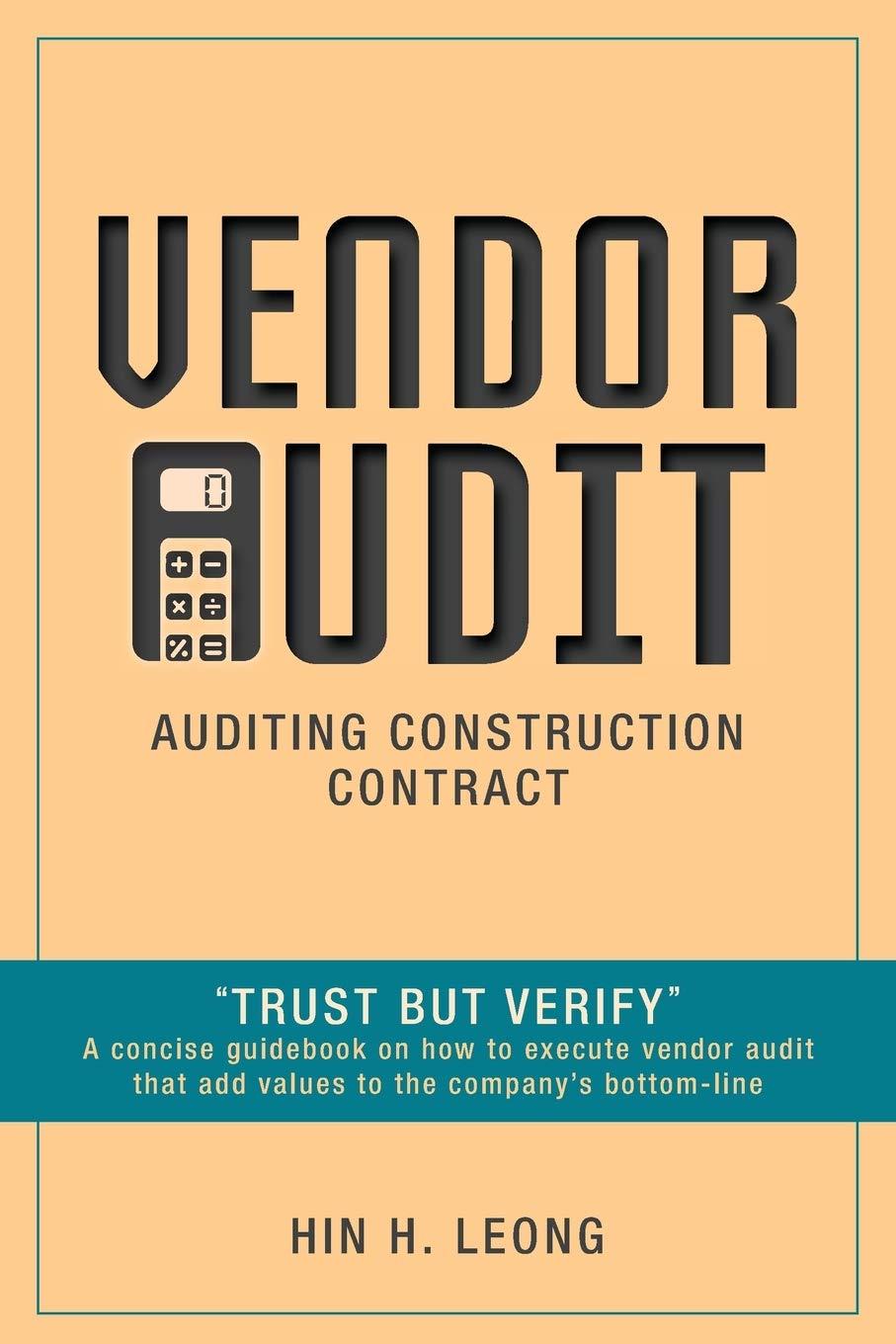Print by: Erica Burkett AC201:AC201DLS2A2020 Principles Financial Accounting / AC201 - Extra Credit Opportunity 3 (Chapter 9 Comprehensive Problem) * Comprehensive Accounting Cycle Review 9-1 (Part Level Submission) Flounder Corp.'s unadjusted trial balance at December 1, 2017, is presented below. Credit Debit $27,000 36,400 10,000 36,060 3,300 22,000 154,200 62,000 9,900 $450 51,400 24,800 28,200 11,600 Cash Accounts Receivable Notes Receivable Interest Receivable Inventory Prepaid Insurance Land Buildings Equipment Patent Allowance for Doubtful Accounts Accumulated Depreciation-Buildings Accumulated Depreciation-Equipment Accounts Payable Salaries and Wages Payable Notes Payable (due April 30, 2018) Income Taxes Payable Interest Payable Notes Payable (due in 2023) Common Stock Retained Earnings Dividends Sales Revenue Interest Revenue Gain on Disposal of Plant Assets Bad Debt Expense Cost of Goods Sold Depreciation Expense Income Tax Expense Insurance Expense Interest Expense 35,900 58,900 15,510 12,000 948,500 639,000 61,900 Other Operating Expenses Amortization Expense Salaries and Wages Expense Total 101,500 $1,175,260 $1,175,260 The following transactions occurred during December Dec. 2 Purchased equipment for $18,000, plus sales taxes of $600 (paid in cash). 2 Flounder sold for $3,600 equipment which originally cost $5,400. Accumulated depreciation on this equipment at January 1, 2017, was $1,850; 2017 depreciation prior to the sale of equipment was $500. 15 Flounder sold for $5,300 on account inventory that cost $3,440. 23 Salaries and wages of $6,520 were paid. Adjustment data: 1. Flounder estimates that uncollectible accounts receivable at year-end are $4,060. 2. The note receivable is a one-year, 8% note dated April 1, 2017. No interest has been recorded. 3. The balance in prepaid insurance represents payment of a $3,300, 6-month premium on September 1, 2017 4. The building is being depreciated using the straight-line method over 30 years. The salvage value is $32,700. 5. The equipment owned prior to this year is being depreciated using the straight-line method over 5 years. The salvage value is 10% of cost. 6. The equipment purchased on December 2, 2017, is being depreciated using the straight-line method over 5 years, with a salvage value of $2,280. 7. The patent was acquired on January 1, 2017, and has a useful life of 9 years from that date. 8. Unpaid salaries at December 31, 2017, total $2,190. 9. Both the short-term and long-term notes payable are dated January 1, 2017, and carry a 10% interest rate. All interest is payable in the next 12 months. 10 Income tax expense was $13,600. It was unpaid at December 31. (a) Prepare journal entries for the transactions listed above and adjusting entries. (Credit account titles are automatically indented when amount is entered. Do not indent manually. If no entry is required, select "No Entry" for the account titles and enter o for the amounts. Record journal entries in the order presented in the problem.) Account Titles and Explanation Date Debit Credit Deca Deca E Quipment 18,600 (Ash CASH 3600 .. De precation Expense 1850 (To record depreciation expense on equipment.) Acumulated Depreciation Equipment & 550 toopment 5480 Gains of disposal of Phant Assets 53.00 5300 10s, 4060 (To record sale of equipment.) Dec 15 Accounts receivable Cost of Goals Sold (To record sales revenue.) Sales Revenue Inventory (To record cost of goods solb.) Dec 83 sales & wages Expense 6520 Sales & wages payable Dec 31 1. Allowance for Doubtful Accounts 4060 Accounts Receivable 2 Interest Expense 1 66.67 Interest Payable Insurance Expenses 2200 Preporid expense Depreciation Expense 331.50 Accumulated Depreciation - Building Deprecation Expense 93e Accumulated Depreciation - Equipront Depreciation Expense Accumulated Depreciation Equipment Amortisation Expense Patent 66 67 2200 337.50 930 262 825 2190 2 190 9. 4750 Salaries & wages Expenses Salaries & wages payable Interest Expense Intergit Payable Income Tax Expense Income Tax Payable 4750 10. 1360 13600 Attempts: 0 of 3 used larts of this question must be completed in order. This part will be available when you complete art above. parts of this question must be completed in order. This part will be available when you complete art above. parts of this question must be completed in order. This part will be available when you complete part above. parts of this question must be completed in order. This part will be available when you complete part above










